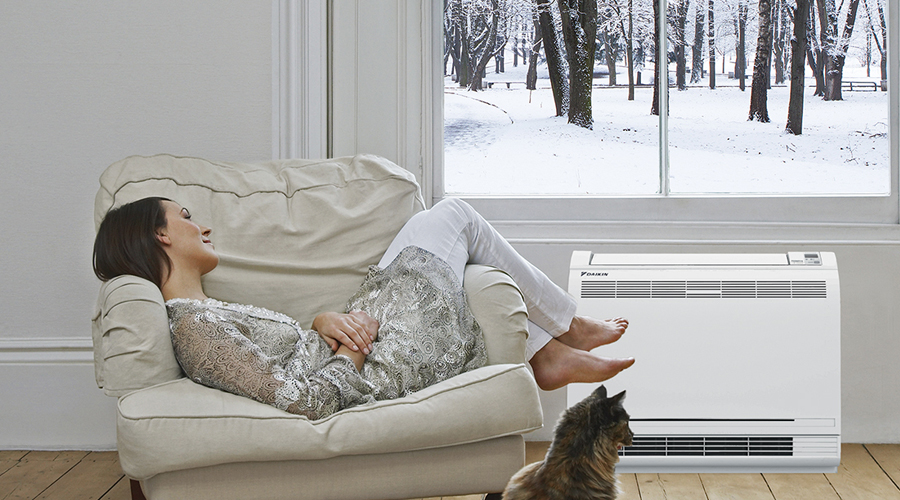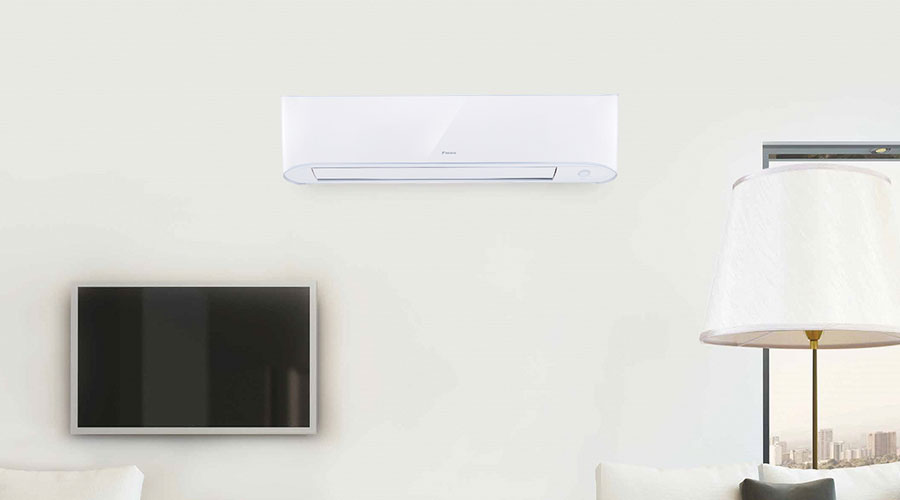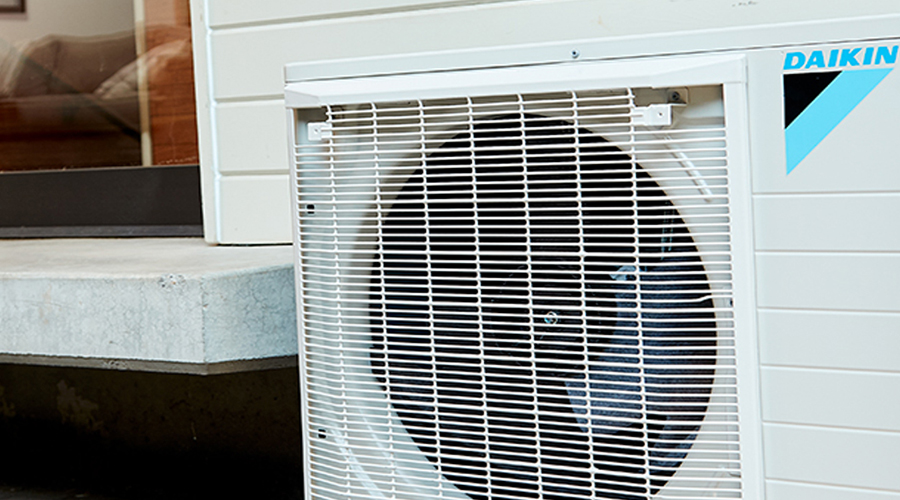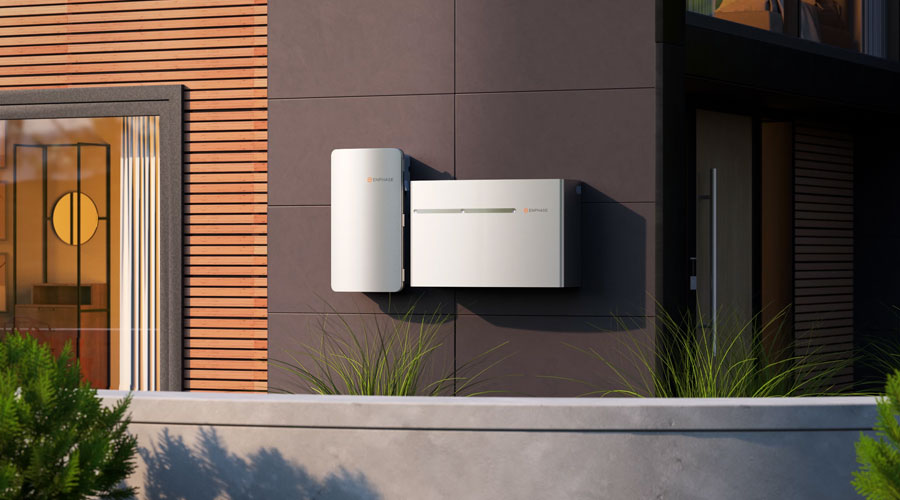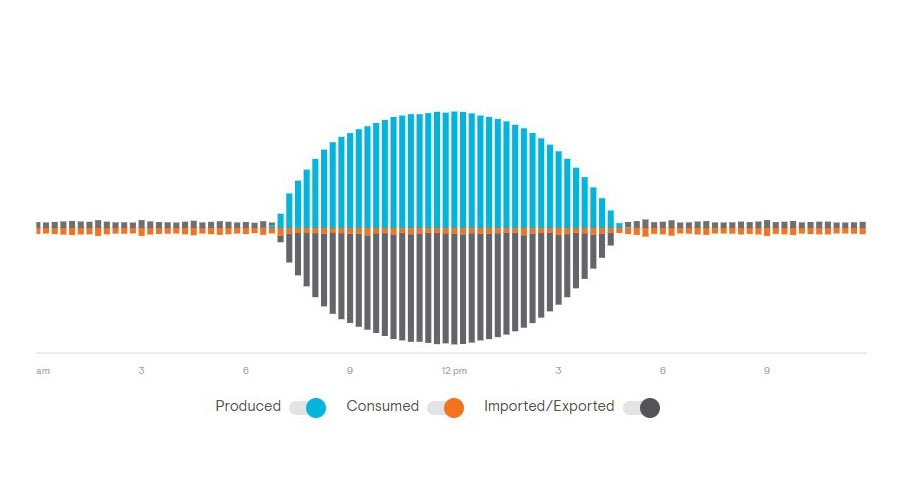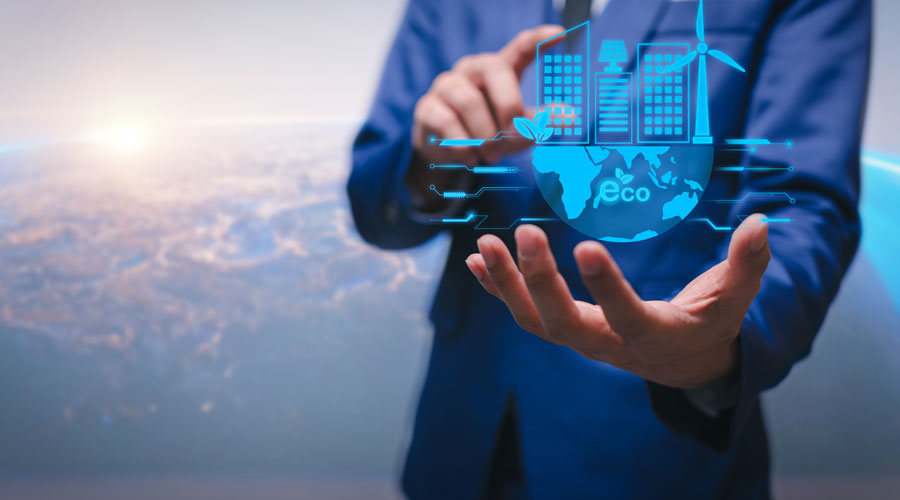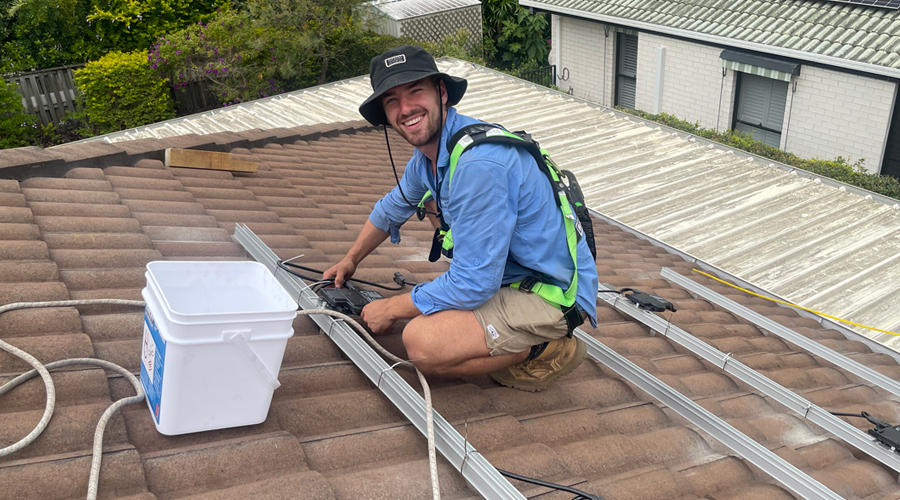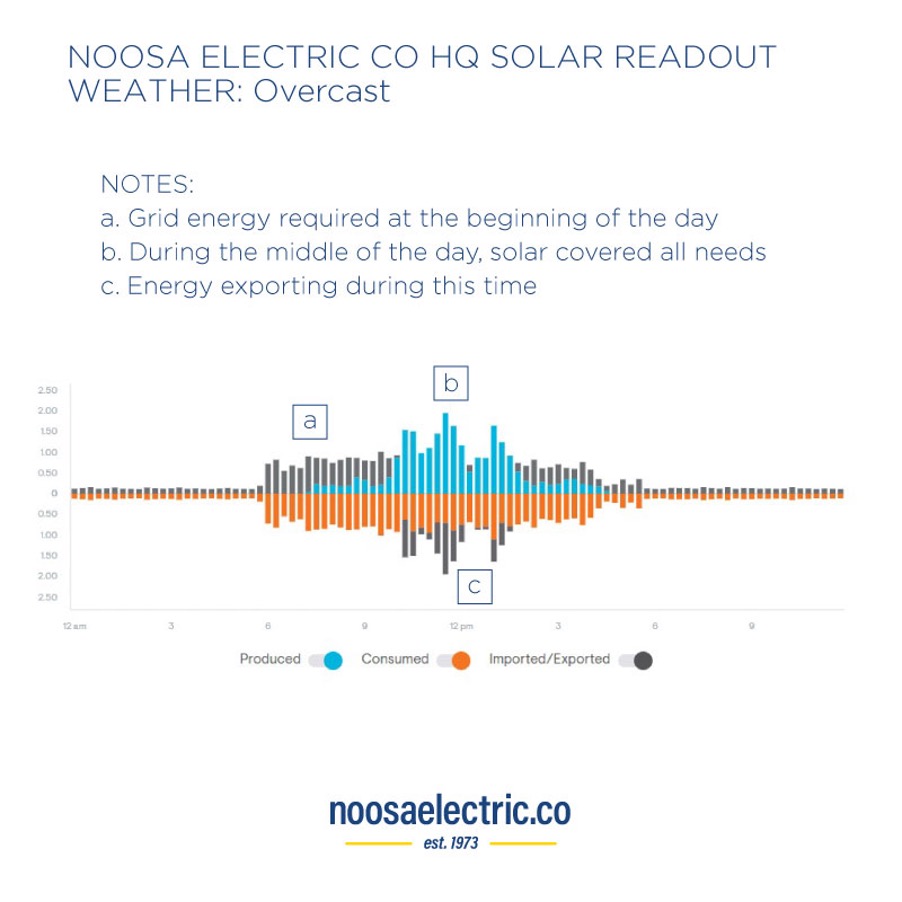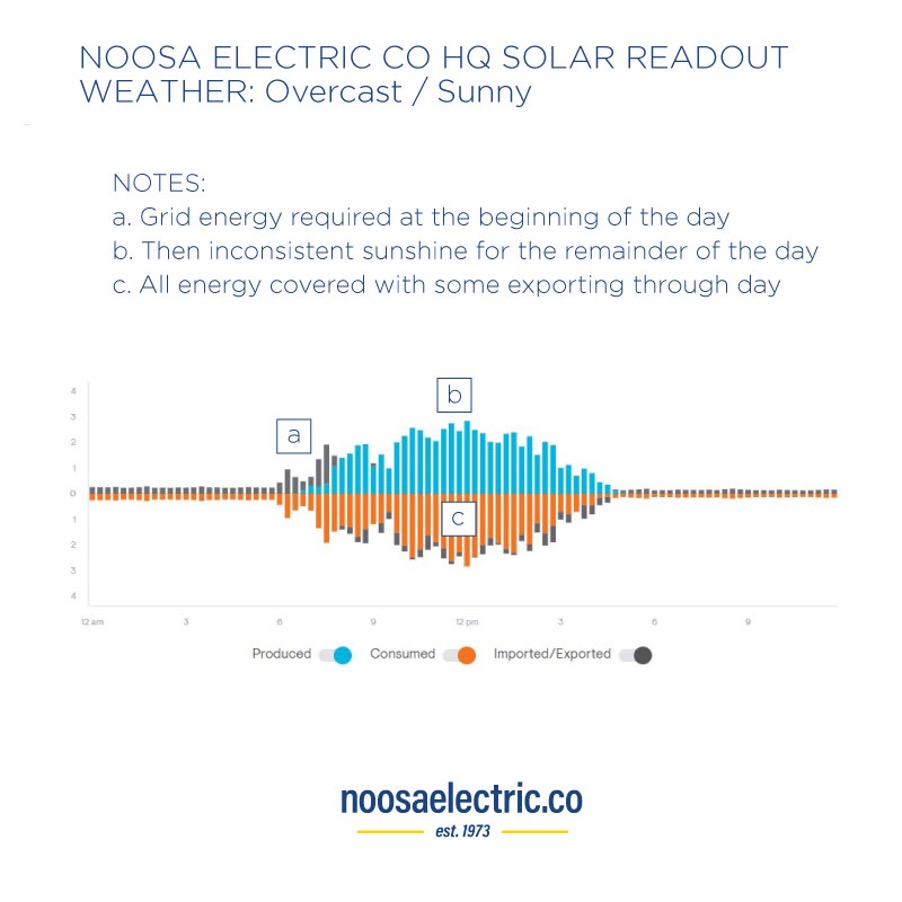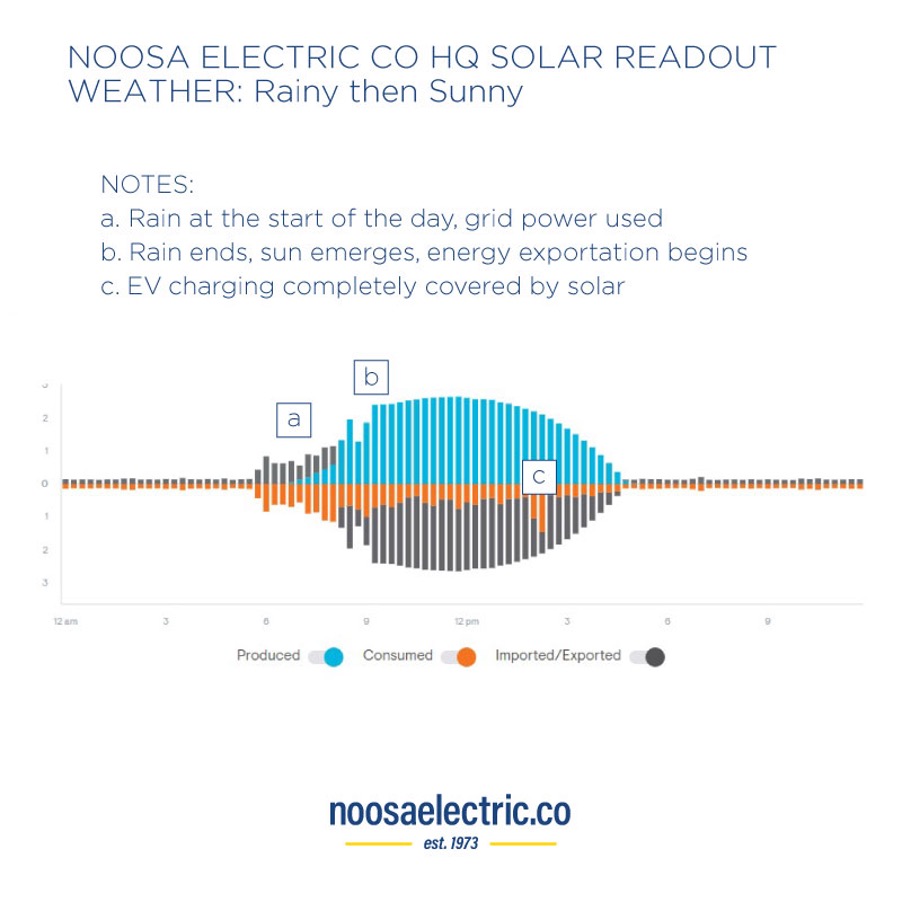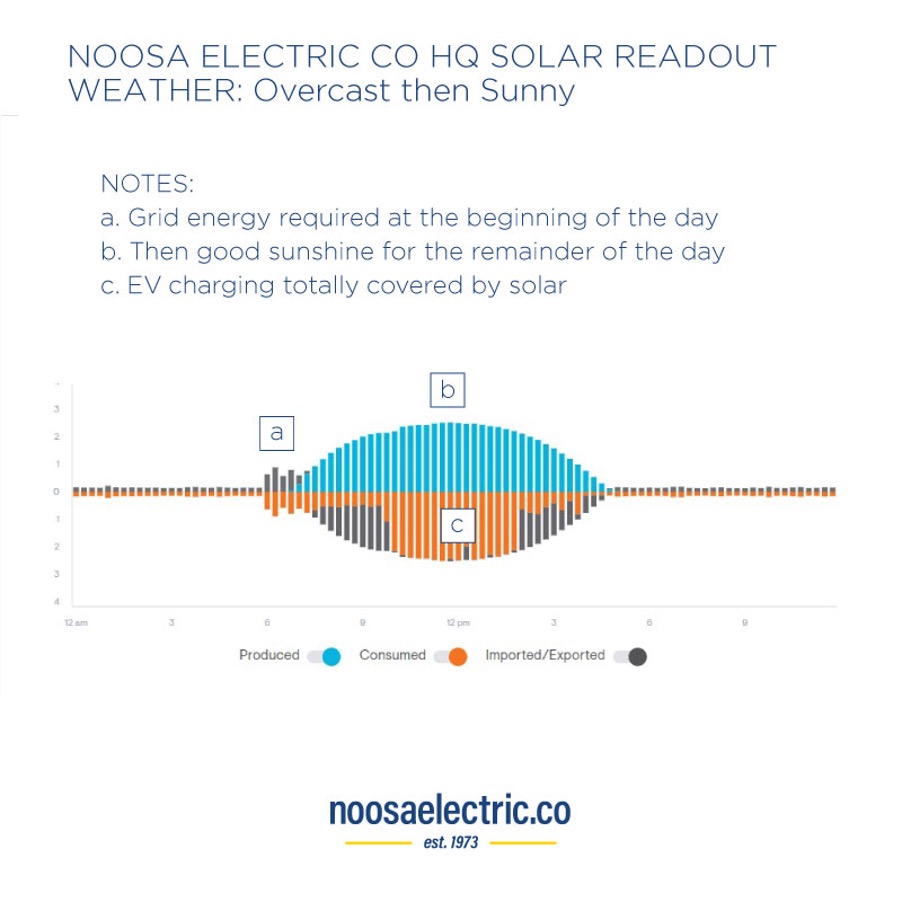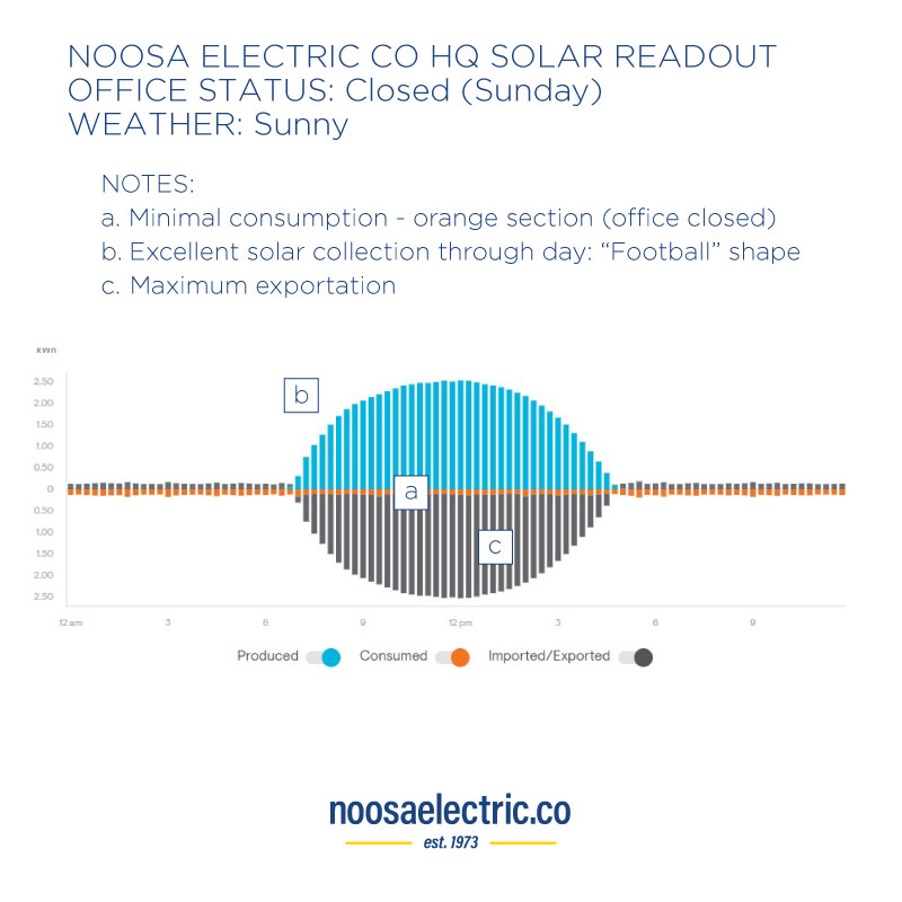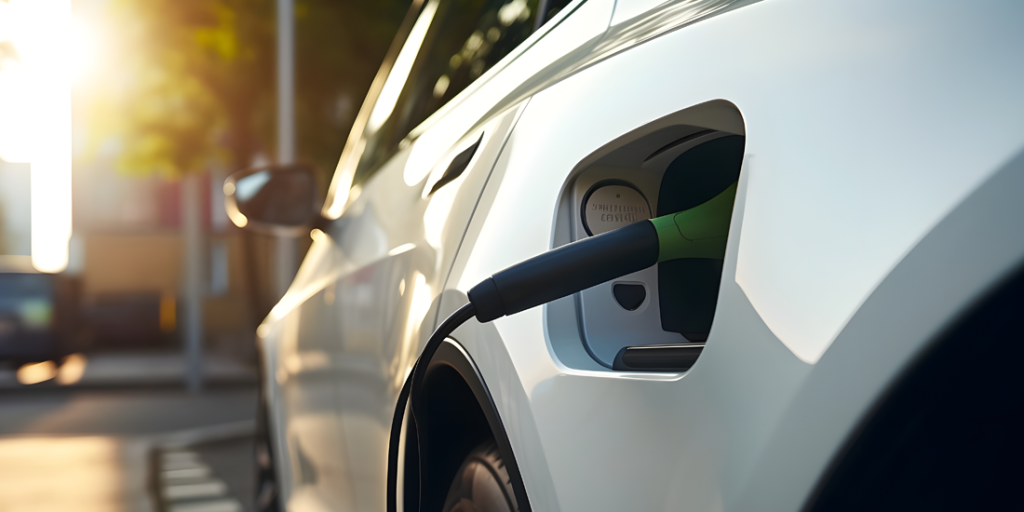
HOME BATTERY SUBSIDY
Interested in learning more about the home battery subsidy? We’re ready to support homes in our area of operations. Learn more about the subsidy here.
Information SRC: qld.gov.au
Use more of the energy you generate
Batteries allow you to use more of the power your solar panels are producing. By installing a battery, you can store your solar-generated electricity from the middle of the day and use it later when you need it.
Reduce your power bills
Storing your excess solar-generated electricity can increase your energy savings. By connecting your solar panels to a home battery system, you may reduce the amount of electricity that you need to buy from the grid.
A battery’s high initial cost means that savings in energy bills may not be enough to recover installation and running costs within the system’s lifespan. See more details below on calculating the payback period.
Greater energy security
Grid-connected solar systems are typically designed to switch off during a power outage whether they have a battery or not. This is to protect those who are working on nearby electricity lines.
You can still have a working solar PV system during a power outage if you have batteries designed to provide a backup power supply. Some batteries come with built-in backup power capability, while others have the option to add that on for an additional cost.
Installations designed to provide backup supply can safely disconnect your house from the grid and continue to supply you with stored battery power. There are two types of blackout protection:
- Whole-of-home backup batteries, which power everything in the house during a blackout but will drain quicker.
- Essential load backup, which prioritises powering the essentials such as lighting and fridges and helps the supply last longer.
If you wish to design a solar battery system with backup, communicate this to your installer so they can design a system that suits your needs.
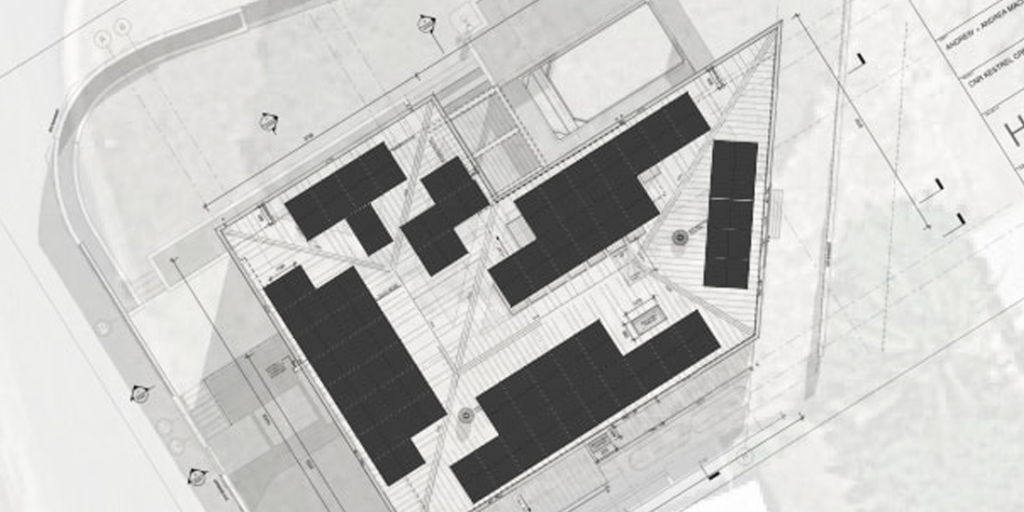
If your home is impacted or damaged by storms, it is no longer safe to use your solar PV system or your solar battery system. Follow the shut-down procedures for each system, if it is safe to do so.
Environmental considerations
You may be considering a battery to help with climate change mitigation. A battery does not directly reduce the use of fossil fuels in the grid, but it does allow you to maximise the use of renewable energy that your solar system generates.
Solar and wind don’t always produce electricity when we need it, so it can be helpful to store any surplus renewable energy for use at other times.
Using stored solar energy from your solar system can help reduce your carbon footprint.
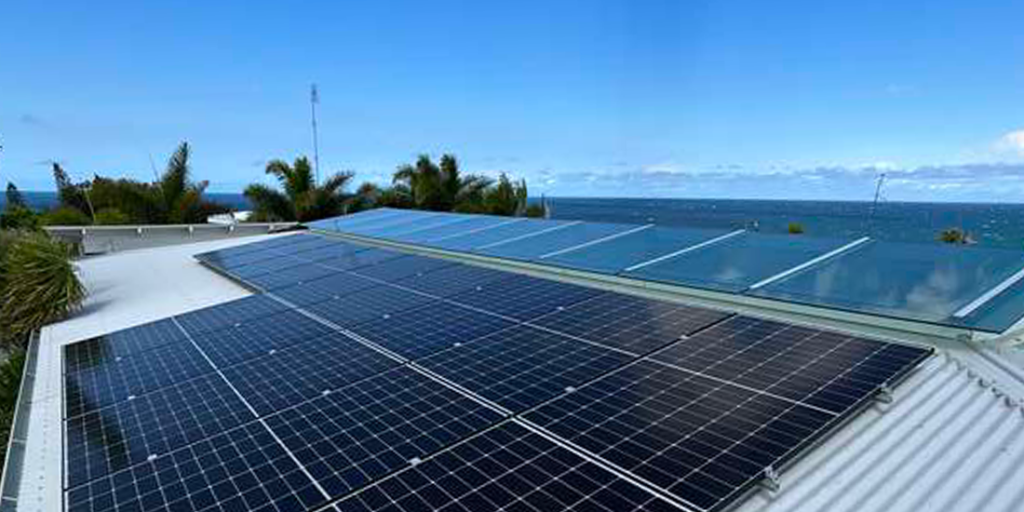
Calculating the payback period
The payback period is the amount of time it takes for the energy bill savings to equal the amount of money spent on the battery system. If the payback period occurs within the system’s anticipated lifespan, the system can be considered a positive investment.
Calculating the payback period involves a lot of factors including:
- electricity consumption
- location
- energy and solar feed-in tariffs
- warranty and life expectancy of your battery
- the cost and performance of your system.
A very simplistic calculation is:
Upfront system cost ÷ projected annual savings in energy bills = estimated payback period in years
For a more accurate payback period calculation, you will need to include a range of additional factors such as the:
- level of battery discharge over the course of the year, considering energy use patterns and solar generation
- reduction of battery capacity over your battery’s lifespan
- potential future changes in retail electricity prices
- efficiency losses between solar, the battery and your appliances.
Several online calculators exist that can help you work out the payback period. Reputable suppliers can also assist in calculating the payback period for you.
More information
Learn More About Battery Solutions
If you’re interested in learning more about battery solutions or getting a quote, please contact our team. We service Noosa and surrounding suburbs.

